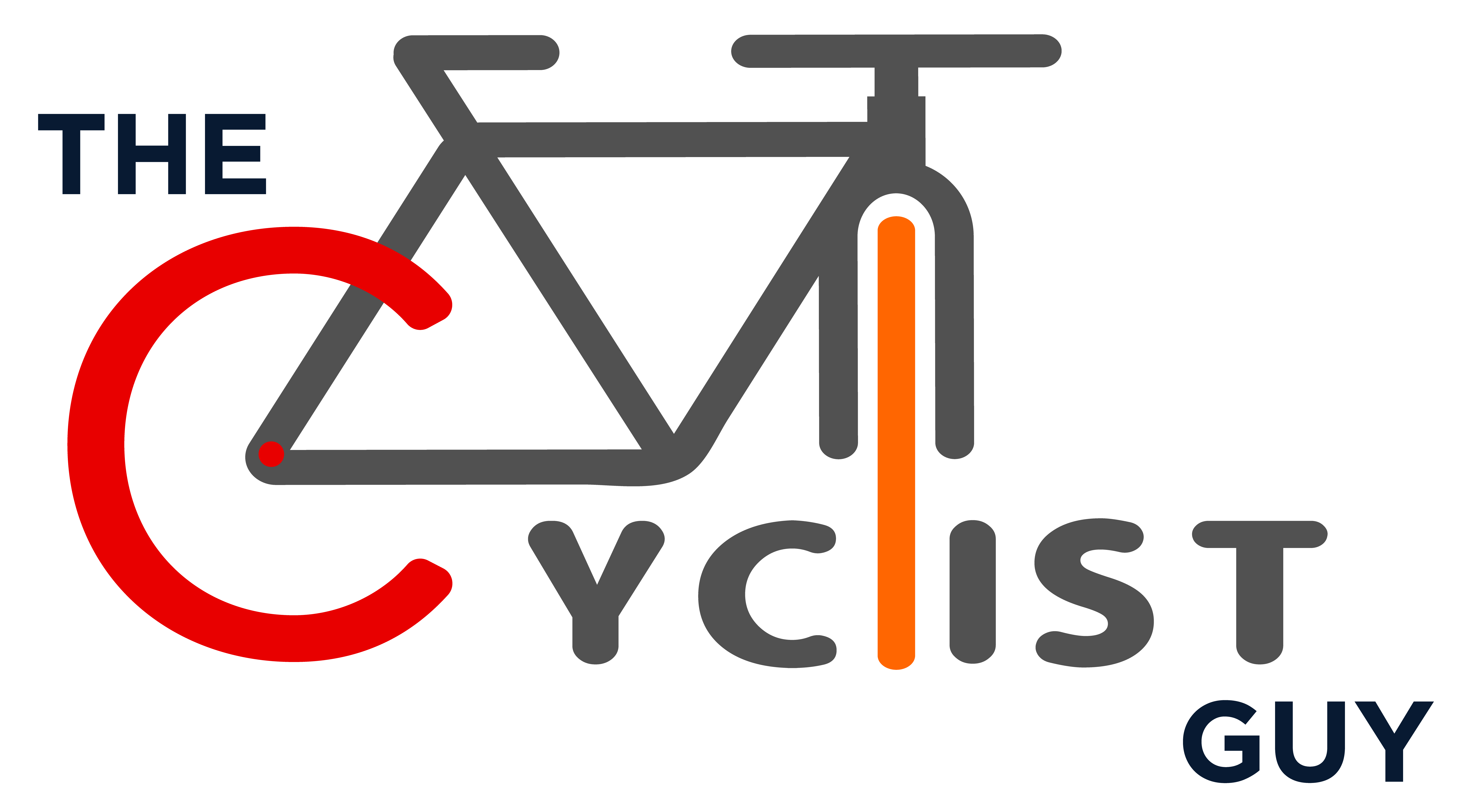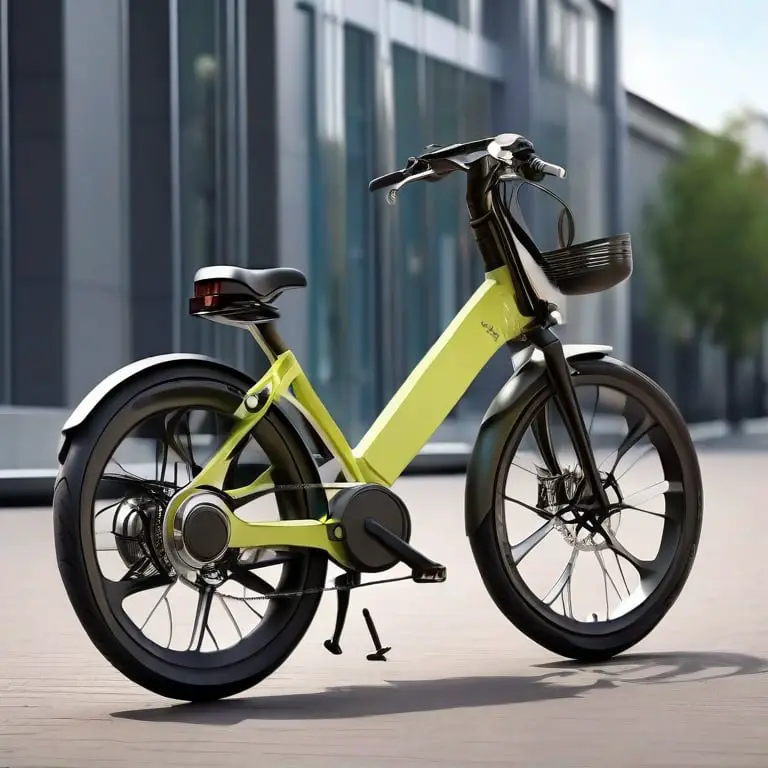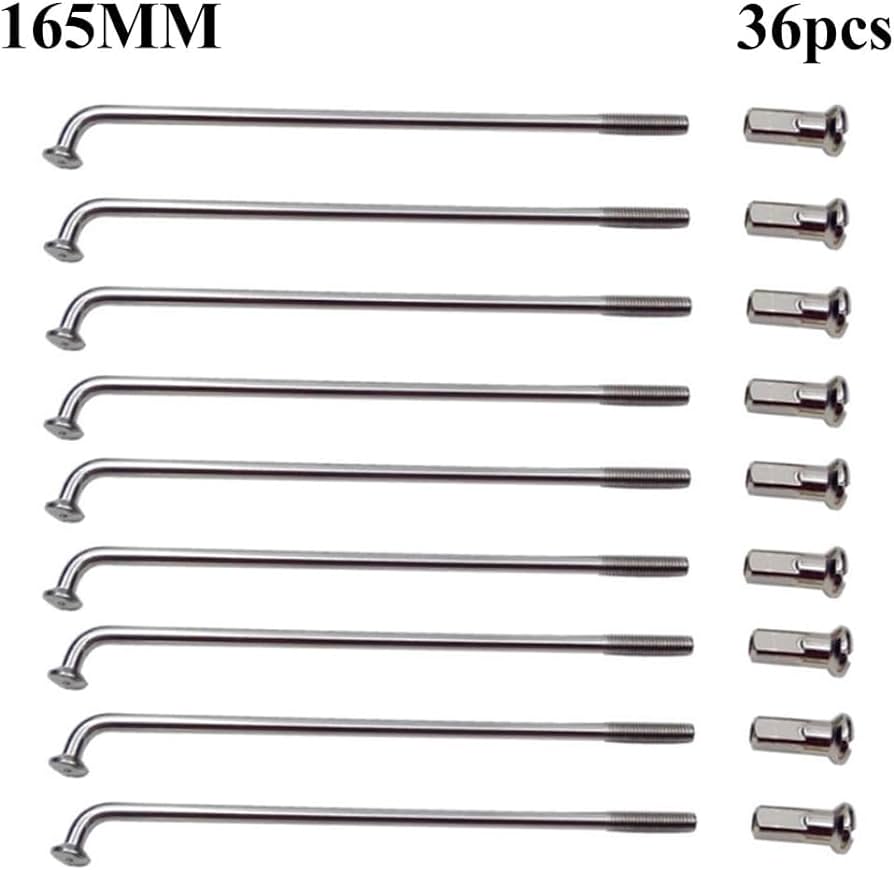Calories Burned on Stationary Bike Calculator: Maximize Fitness!
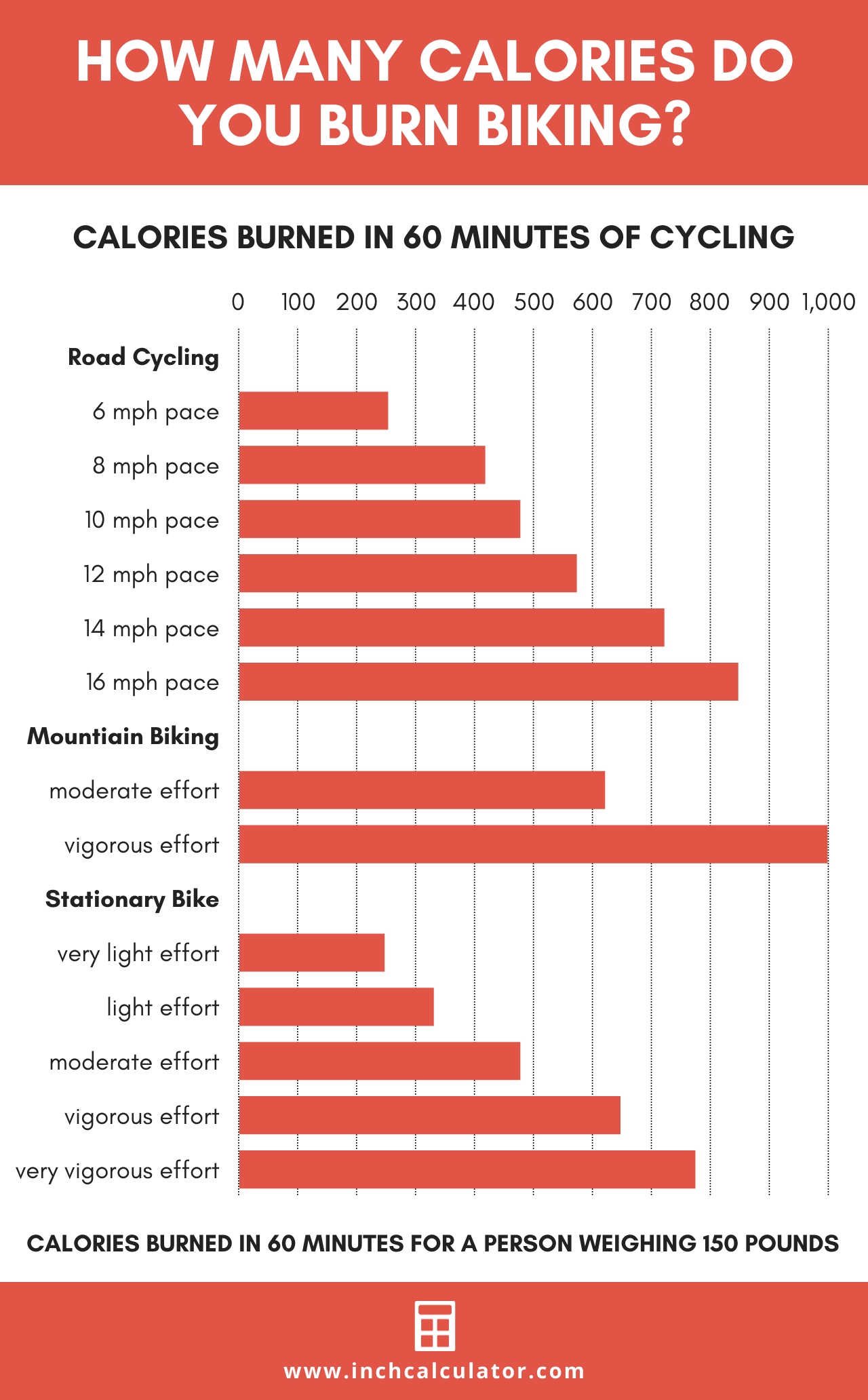
As an affiliate, we may earn from qualifying purchases. We get commissions for purchases made through links on this website. You can read more on our Affiliate Disclaimer here.
A Calories Burned on Stationary Bike Calculator estimates the number of calories you burn during a workout. It considers factors like weight, intensity, and duration.
Cycling on a stationary bike is an excellent way to burn calories and improve fitness. Using a Calories Burned on Stationary Bike Calculator can help you track your progress. This tool calculates the calories burned based on your weight, workout intensity, and duration.
Accurate tracking can help you set realistic fitness goals and stay motivated. Whether you’re a beginner or an advanced cyclist, knowing your calorie burn can optimize your training.
It also aids in weight management and overall health improvement. Use this calculator to make the most of your stationary bike sessions.
Introduction To Calorie Tracking
Tracking calories helps you understand your body’s needs. It shows how much energy you use. This helps in losing weight or staying fit. Knowing your calorie burn can help you adjust your diet. Calorie tracking is important for a healthy lifestyle.
Stationary bikes are easy to use. They are safe and reduce injury risk. Using a stationary bike can improve your heart health. You can burn many calories with regular use. They are great for all age groups.
Key Factors Influencing Calorie Burn
Higher intensity levels burn more calories. Pedaling faster increases your heart rate. Uphill cycling adds resistance. Interval training burns the most calories. Short bursts of speed are very effective. Steady pace burns fewer calories. Vary intensity for best results.
Longer sessions burn more calories. Cycling regularly helps maintain calorie burn. Daily workouts are ideal. Shorter, frequent sessions can also be effective. Consistency is key to burning calories. Skipping days can reduce overall calorie burn. Tracking time helps monitor progress.
Understanding Metabolic Rate
Basal Metabolic Rate (BMR) is the number of calories your body needs. This rate is for basic functions like breathing and digestion. Your BMR depends on your age, gender, and weight. People with more muscle mass have a higher BMR. This means they burn more calories at rest. Eating enough food helps maintain your BMR.
Exercise Metabolic Rate (EMR) is the calories burned during physical activity. Riding a stationary bike is a great way to burn calories. The intensity of your workout affects your EMR. Higher intensity means more calories burned. Keep track of your heart rate to stay in the right zone. This helps you get the most benefit from your exercise.
Calculating Calories With Precision
Accurate input variables are crucial for calculating calories burned. Weight is a major factor. Heavier people burn more calories. Age and gender also affect the results. Intensity of the workout is important. More intense workouts burn more calories. Duration of exercise is another key variable. Longer workouts mean more calories burned.
The formula for calculating calories burned is based on MET values. MET stands for Metabolic Equivalent of Task. A higher MET value means more calories burned. The formula is:
| Variable | Description |
|---|---|
| MET | Intensity of the exercise |
| Weight (kg) | Your body weight |
| Duration (hours) | How long you exercise |
The formula is: Calories Burned = MET x Weight x Duration. This formula helps in calculating the calories burned during your workout.
Calorie Calculator Tools
Online calculators are easy to use. They give fast results. Many calculators are free. They help track your progress. Some have extra features. These include graphs and charts. They can save your data. This helps you see improvements. Some calculators are mobile-friendly. You can use them anywhere.
Apps and wearables are very popular. They track your calories burned. Most are easy to use. Some connect to your phone. This makes tracking easy.
Wearables can be worn all day. They give real-time data. This helps you stay motivated. Apps offer extra features. These include tips and reminders. Some apps are free. Others may need a subscription.
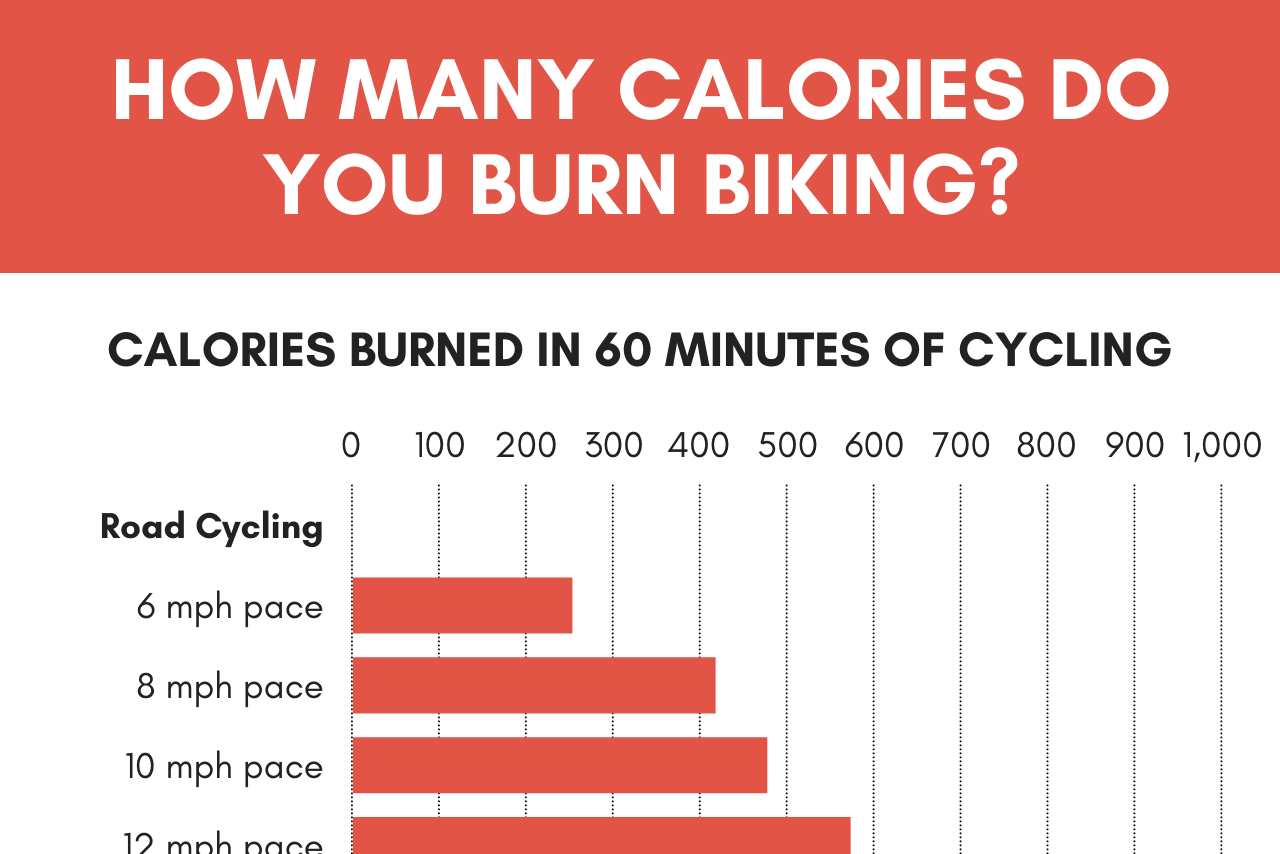
Credit: www.inchcalculator.com
Setting Realistic Fitness Goals
Using a stationary bike can help you burn calories. Calorie data helps you set realistic fitness goals. Knowing how many calories you burn is important. It helps you understand your progress. Set small, achievable goals. Celebrate each milestone. This keeps you motivated. Always track your workouts. Use a calorie calculator for accuracy.
Weight loss requires adjustments in your routine. Increase the duration of your bike sessions. Try to pedal faster for more calories burned. Consistency is key.
Keep a balanced diet to support your goals. Drink plenty of water. Rest is important too. Give your body time to recover. Adjust your goals as you progress.
Incorporating Interval Training
High-intensity intervals can boost your calorie burn. These intervals make your workout more efficient. You can burn more calories in less time. High-intensity intervals help you build muscle strength. They also improve your cardiovascular health. You will notice increased endurance and stamina. This type of training can make exercise more fun and engaging.
Use a stationary bike calculator to track your progress. Input your weight, age, and exercise intensity. The calculator helps you see how many calories you burn. It can help you adjust your workout for better results. Always keep track of your progress.
Credit: calculator.academy
Analyzing Progress And Adjustments
Track your fitness goals using a stationary bike calculator to analyze calories burned. Adjust your workout intensity for optimal results.
Tracking Improvements
Using a stationary bike helps you track your progress. Regular updates can show your improvements. It is key to note your starting stats. Record your weight, bike resistance, and duration. This helps see how far you have come. Tracking improvements boosts motivation and keeps you on course. Keep a log or use an app to record your data.
When To Revise Workout Plans
Your workout plan might need changes over time. Revising workout plans ensures continuous progress. If your weight loss slows down, it’s time to adjust. Increase the bike resistance or duration. Change your routine to challenge your muscles.
Adjusting plans prevents workout boredom. It also avoids hitting a plateau. Always listen to your body and make changes as needed.
Diet And Exercise Synergy
Balancing intake and burn is key for weight management. Eating the right foods helps energy levels. A balanced diet provides essential nutrients.
Daily calorie intake should match activity level. Overeating leads to weight gain. Undereating can cause fatigue. Finding the right balance helps maintain weight.
A good diet includes fruits, vegetables, and lean proteins. Healthy fats and whole grains are important too. Avoid processed foods and sugary drinks.
Drinking enough water is crucial. Water helps digestion and energy levels. Staying hydrated supports overall health. Vitamins and minerals are also important.

Credit: www.weightlossresources.co.uk
Safety And Health Guidelines
Stay aware of your body’s limits. Take breaks whenever you feel tired. Drink water to stay hydrated. Always start with a warm-up. This helps prevent injuries. Listen to your body and stop if you feel pain. Cool down after your workout. This helps your muscles recover.
Talk to your doctor before starting a new exercise routine. Share your health history with them. Ask for advice on the best exercises for you. Get a check-up to ensure you are fit for exercise.
Follow their recommendations for a safe workout. Regular check-ups help monitor your progress. Consult a trainer if you need guidance.
Frequently Asked Questions
How Many Calories Does 30 Minutes On A Stationary Bike Burn?
30 minutes on a stationary bike burns approximately 200-300 calories. This varies based on intensity and individual weight.
How Do You Calculate Calories Burned On A Stationary Bike?
Calculate calories burned on a stationary bike by considering weight, workout intensity, duration, and pedaling speed. Use online calculators or fitness trackers.
How Many Calories Do You Burn On A Stationary Bike For 60 Minutes?
You can burn between 400 to 600 calories on a stationary bike for 60 minutes, depending on intensity and weight.
How Long Do You Have To Ride A Stationary Bike To Burn 500 Calories?
To burn 500 calories on a stationary bike, ride for about 45 to 60 minutes at moderate intensity.
How Accurate Is A Stationary Bike Calorie Calculator?
Calorie calculators provide estimates based on weight, duration, and intensity. They are reasonably accurate but not exact.
Conclusion
Calculating calories burned on a stationary bike helps track fitness progress. It ensures effective workout routines for better results. Use the calculator regularly to stay motivated and achieve your fitness goals. Staying informed about your calorie burn can lead to a healthier lifestyle.
Embrace the journey towards improved fitness and well-being.

Steven is a professional cyclist and his passion is cycling. He has been cycling for the last 6 years and he loves using bikes while outing as well. Based on his experiences with the different types of bikes; he is sharing his opinions about various bikes so that a beginner can start right away. Find him on Twitter @thecyclistguy Happy Biking.
